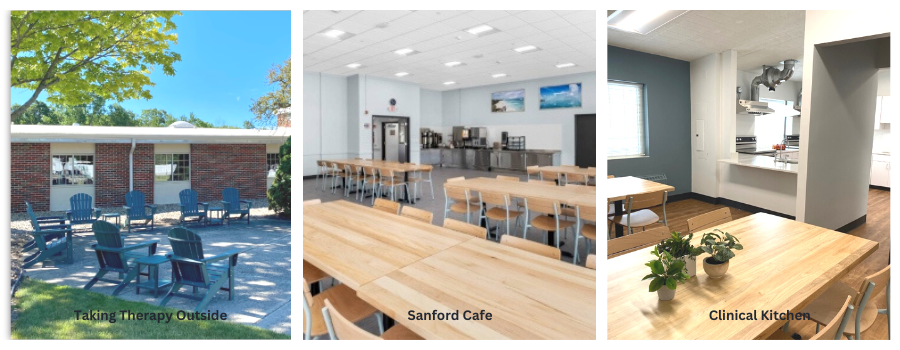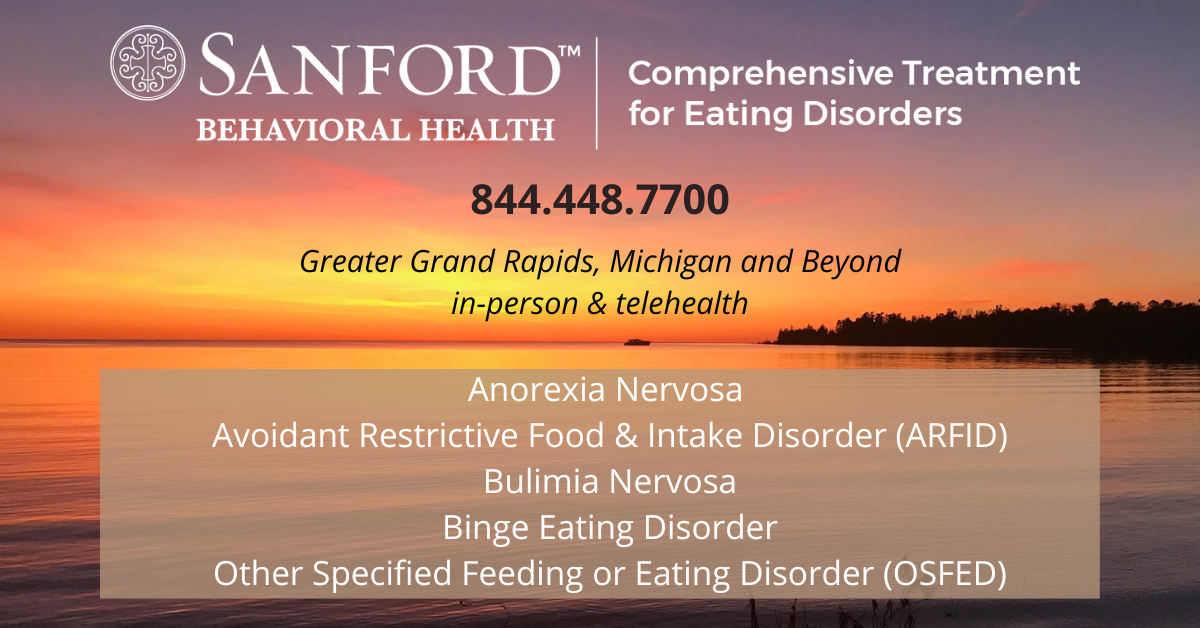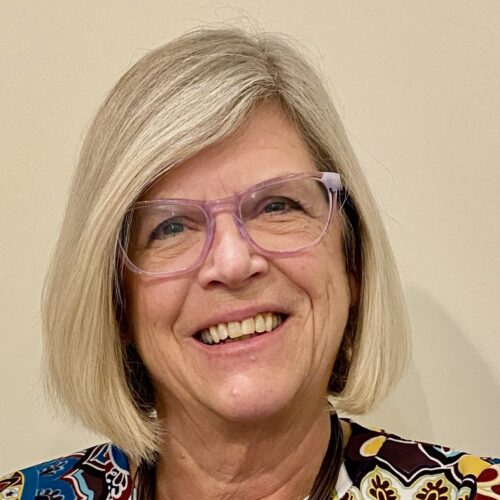Anorexia in Larger Bodies? Busting Misdiagnosis and Stigma

Eating disorders can occur in individuals of all body sizes.
When you think of anorexia, what is the mental picture you have? Images of an emaciated individual come to mind: a whisp of a young woman, clothes hanging off a skeletal frame. In reality, serious eating disorders can occur in individuals of all body sizes, any gender, and most ethnic groups. Only 7% of individuals with eating disorders are underweight.
At Sanford Behavioral Health, where I work, our eating disorder programming has shaped the way the entire organization looks at body image, eating, and meals. We know that body dissatisfaction is a risk factor in the development of an eating disorder. But it also plays a role in other mental health conditions. In that regard, Sanford endorses and practices a Health at Every Size approach. Every staff member is taught that weight alone is not an indication of health in any of our practice areas. We also recognize that individuals in larger bodies have often experienced discrimination and trauma due to their weight. Sadly, studies show that healthcare providers are responsible for 10% of this trauma. Our trauma-informed treatment is respectful of all body sizes and shapes.

Sanford Comprehensive Treatment for Eating Disorders endorses and practices a Health at Every Size approach.
Anorexia in Larger Bodies
Anorexia, where restriction of food leads to severe weight loss, is the condition most people think of when they picture someone with an eating disorder. However, an individual who appears to be of average size, or with a larger body, can also suffer from anorexia. Eating disorders are mental health issues with physical symptoms and changes; an eating disorder is largely an internalized set of obsessional thoughts and rigid beliefs that drive dangerous behaviors.
Often the serious consequences of eating disorders are not obvious to the naked eye. Not understanding this can lead to a lack of recognition regarding the development of an eating disorder, causing treatment to be delayed or even denied. Furthermore, because there is a stigma associated with being in a larger body in our society, many individuals avoid routine medical care out of fear of being shamed. The biggest medical consequence of being in a larger body is substandard medical care, where routine screenings for cancer, high blood pressure, and heart problems are missed along with mental health issues.

Overweight and Underweight – Where do These Terms Come From?
What do the terms “overweight” and “underweight” even mean? In general, these are terms used to compare an individual to the “norms” of BMI charts. It’s important to understand that BMI was developed as a concept to normalize weight trends in whole societies. BMI was NEVER intended to be applied to individuals. BMI does not take into consideration race, gender, or muscle mass. Consequently, even elite athletes can fall into the “obese” category. We now have a medical system where insurance companies are flagging individuals in higher bodies, and healthcare providers are rewarded for referring individuals for weight loss interventions. Since being in a larger body, shame, and restrictive dieting are all likely to increase the onset of an eating disorder, now our medical system has become a part of the problem.
We reward thinness and consider restrictive dieting normal in today’s society. Even MDs can be susceptible to bias, overlooking significant weight loss as potentially dangerous behavior. Physicians may not screen for binge eating or purging behaviors due to a lack of knowledge. This delay in receiving the proper diagnoses allows the condition to become more entrenched and makes recovery much more difficult.
________________________________________________________________________________
For more information on eating disorders:
You Don’t Look Anorexic – The New York Times
Anorexia – When is it Time for Residential Treatment? – Sanford Behavioral Health
_________________________________________________________________________________
Stigma and Trauma – Larger Bodies
We also need to recognize that the term “obesity” is more of a societal construct than a true health condition. There is no medical term for “overly tall” or “unusually short” which flags individuals for special treatment considerations. We don’t devise federal programs for a “tallness epidemic”. We need to develop a broader concept of health which includes metabolic health, flexibility, strength, and stamina rather than the narrow concept of weight alone.



